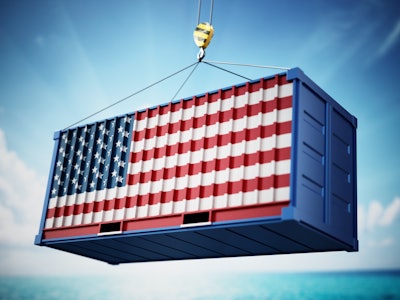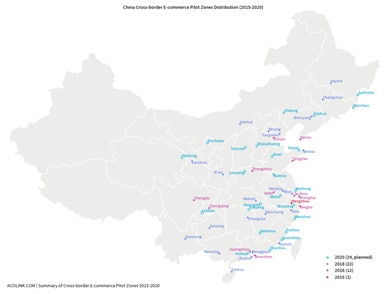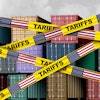
Just a few years back, Chinese “cross-border trade” usually meant a few individuals living or traveling abroad who aggregated orders for goods like foreign-made infant formula from friends and family and shipped them back to China. If an exporter wanted to ship to China, he/she faced an arduous process that involved understanding a complex product registration, finding an importer and a distributor in China and committing a budget for a team of executives on the ground. That essentially ruled out small and medium-size businesses.
Digital platforms changed all of that. New regulations as of 2015 have standardized how cross-border trade occurs, allowing Chinese citizens to import goods themselves via these dedicated platforms, and significantly, opening a new way into the vast Chinese market for U.S. and Canadian food exporters.
By 2020, there was $264 billion worth of cross-border trade, up 31% from the previous year. North American companies have already been taking advantage of the opportunities this change is creating. The list of products authorized includes most of packaged foods and some frozen items, but is expanding every year.
 Vision Management Consultants
Vision Management Consultants
Use digital platforms to gain a foothold in Chinese markets
Today’s exporters can leverage cross-border platforms to enter the China market, and once there, can use logistics platforms to avoid working with a traditional offline distributor or hiring an expensive workforce on the ground.
A Chinese logistics company offers a model for next steps
Providing that they can register their products, foreign brands willing to invest on-the-ground in China can complement initial breakthroughs via cross-border digital platforms with direct supply to domestic e-commerce players. From there, they can then gradually build a general trade business with distributors, experimenting and testing until they land on what works best. Chinese companies are already doing this..
Digital platforms create even more opportunity by connecting with traditional retailers
China is home to an estimated 2.5 million small independent grocery kiosks. Historically, these retailers have sourced their merchandise through local wholesalers, themselves tied to an inefficient multi-tier supply chain. It’s hard for any brand to manage this type of channel. In response, digital ecosystems have built services that can connect these mom-and-pop stores to their own infrastructure. Adoption is scaling fast.
Summary
Digital cross-border platforms can provide a practical point of entry and allow North American businesses to test how their products perform in China before they commit to building resources on the ground. And, the infrastructure built by China’s giant digital ecosystems over the past decade reveals new pathways for growth beyond cross-border.
But, while digital cross-border trade represents a practical way to enter China at scale, there are potential downsides. Dealing with a potentially concentrated group of buyers will make it harder for brands to differentiate from competitors who use the same digital platforms. This could lead to continuous discounts and promotions that ultimately benefit Chinese consumers but weaken brands.
Doing business in China’s food sector has always required that kind of flexibility. No one model guarantees success. But, the current digitization of supply chains is allowing exporters to get faster and closer to the ultimate customer, bypassing legacy routes to market and opening new pathways for sustainable growth.




















